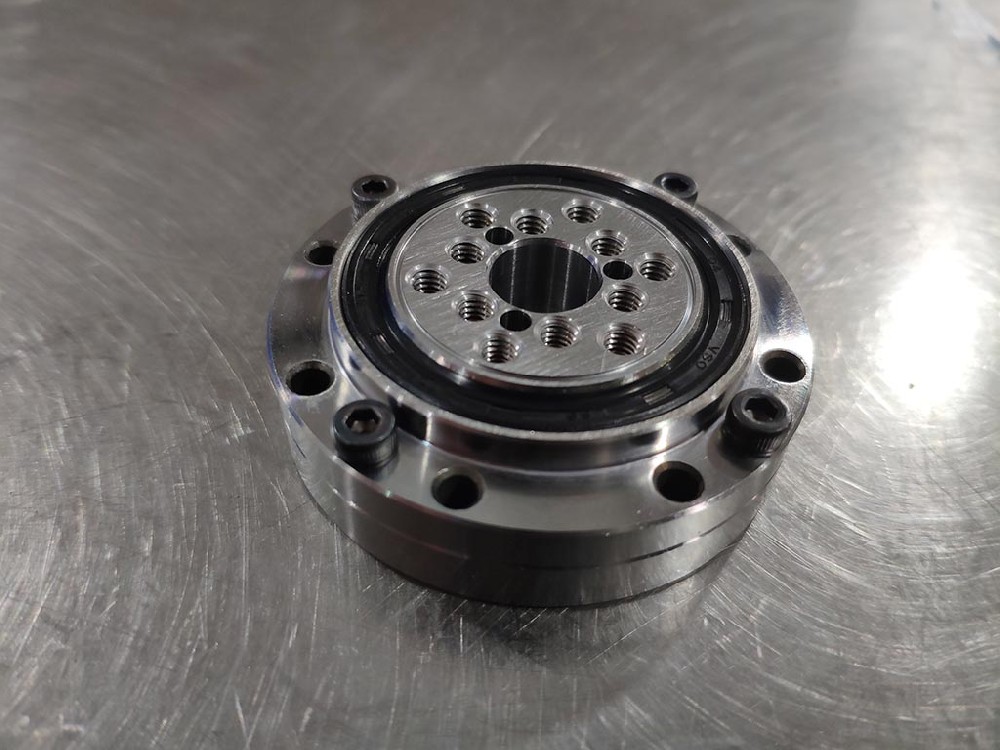Industry news
Relationship between bearing fit and load type
1) Fixed load
The resultant radial load acting on the ring is borne by the local area of the ring raceway and transmitted to the opposite area of the shaft or bearing seat. This load is called a fixed load. The characteristic of a fixed load is that the resultant radial load vector is relatively stationary to the ferrule. Neither the ferrule nor the resultant radial load rotates or they rotate at the same speed and are considered fixed loads. Ferrules that bear fixed loads can use a looser fit.
2) Rotating load
The synthetic radial load acting on the ring rotates along the circumferential direction of the raceway and is borne by each part in turn. This load is called rotational load.
Rotational loading is characterized by the rotation of the resultant radial load vector relative to the ferrule. There are three types of rotating loads:
a. The load direction is fixed and the ferrule rotates;
b. The load vector rotates and the ferrule remains stationary;
c. The load vector and the ferrule rotate at different speeds.
3) Swing load and indeterminate load
Sometimes the direction and size of the load cannot be determined accurately. For example, in high-speed rotating machinery, in addition to the fixed-direction load of the rotor weight, there is also a rotating load caused by an unbalanced mass. If this rotating load is larger than the fixed load, If the rotating load is much smaller than the fixed load, the resulting load will be a swing load. Regardless of rotating load or swing load, its magnitude and direction are constantly changing. In variable working conditions, the load on some ferrules may be rotating loads, fixed loads, or swing loads. This type of load is called an indefinite load.
Swing loads and uncertain loads should be treated the same as rotational loads in terms of fit. Too loose a fit will cause damage to the mating surface.
A transition fit or an interference fit should be selected for the ring and the shaft or seat hole that rotates relative to the load direction. The size of the interference is based on the principle that when the bearing is working under load, the ferrule does not produce "creep" phenomenon on the mating surface on the shaft or in the seat hole. When the load is very light, or the ferrule occasionally rotates at low speed under heavy load, a transition fit can be used. At this time, the shaft surface should have higher hardness and smaller surface roughness.
For heavy loads, the fit should usually be tighter than for light and normal loads. The heavier the load, the greater the interference should be.

Categories
News
Contact Us
Contact: Luoyang Hongyuan Bearing Technology Co.,Ltd
Phone: 13653797636
Tel: 400-037-9586
E-mail: lyhyzc7@gmail.com
Add: Chuangye road, Konggang Industrial cluster district,Luoyang city, Henan province, China